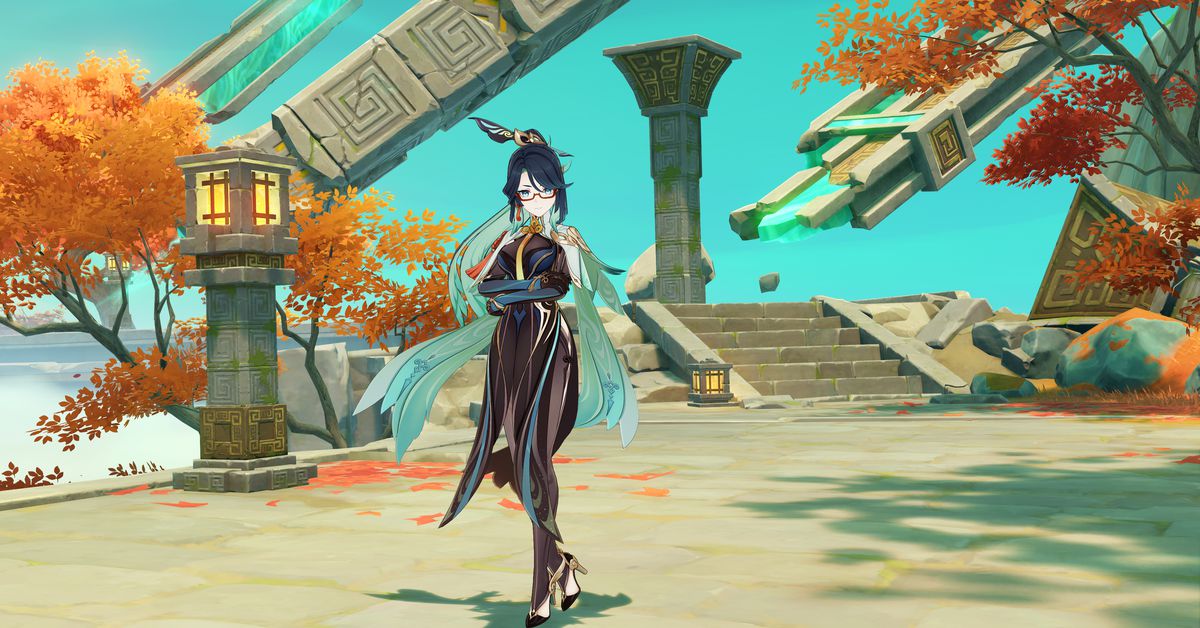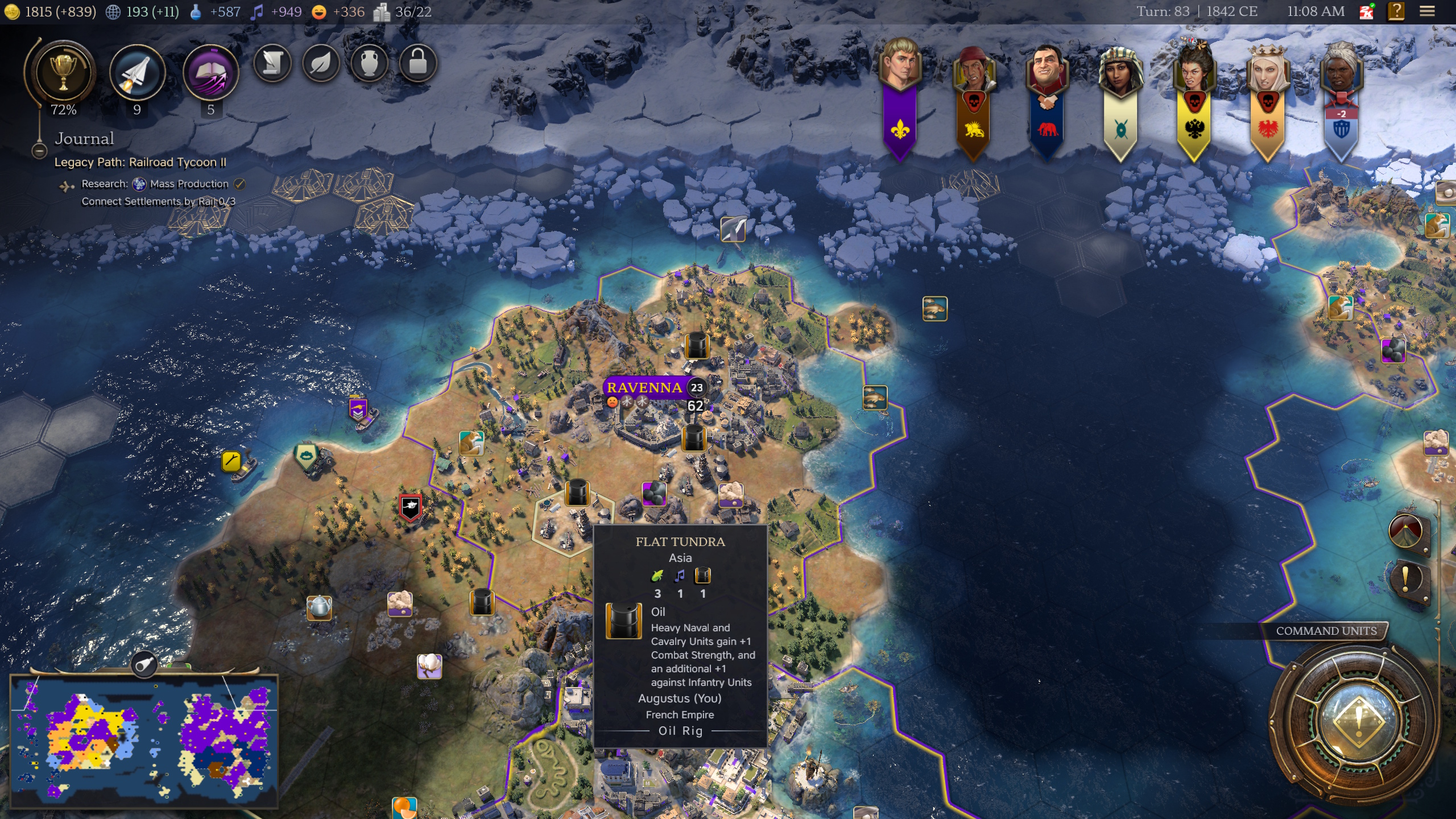You would be forgiven for being a little tired of Diablo 4; after about 200 hours over the last year, between betas and the preseason launch in June, I know I am.
But in this age of games that go on forever, being exhausted by a game I like is normally something I’m willing to overlook in order to gain an advantage against my digital foes. Yet for all its modern bells and whistles, Diablo 4 has managed to avoid a “feature” that its competition all but thrives on: FOMO.
If you’re outside of the MMO or live-service game space, continuing to play a game that you’re no longer enjoying probably sounds strange, but allow me to explain. In games like Destiny 2, Warframe, World of Warcraft, and many others, part of the draw is that you’re earning items or rewards that will somehow improve your ability to succeed down the line. This can result in FOMO — or the fear that, if I take a break, I’ll miss out on something, and that could diminish my experience in the long run. What if I don’t get a powerful raid weapon or trinket? Will I even be able to compete without it when I come back? I find myself asking those questions all the time when I play Destiny 2, and I still haven’t finished leveling in World of Warcraft: Dragonflight because I’ve already missed too much.
With live-service games and MMOs, it’s not uncommon to live in a binary world where you’re either grinding a game every day, or you’ve quit and are too far behind to ever come back. But Diablo 4 eschews that all-too-familiar FOMO dance because of its seasonal resets — an initially controversial, returning feature that caused some new Diablo fans to panic during the preseason.
:no_upscale()/cdn.vox-cdn.com/uploads/chorus_asset/file/24527663/diablo_4_battles.jpeg)
Diablo 4’s reset system means that every three months, your character returns to level 1 alongside everyone else — at least, if you want to play the latest content. This means that all players start on the same footing each season. So even if I play every season of Diablo 4 for years and finally convince a friend to join in season 12, I won’t have any powerful items that I’ve been hoarding since season 2 giving me an advantage. My only benefits are time-saving ones — stuff I’ll never have to do again, like the Altars of Lilith.
This makes Diablo 4’s environment friendly to new players (another rarity in this genre), but it’s also forgiving for returning players — which is even more important when it comes to avoiding FOMO. This drop-in/drop-out design philosophy is something Diablo 3 has had for a decade now. But Diablo 4 is a game for and from a new era, and it takes blatant inspiration from titles that actively promote FOMO to encourage players to log in regularly. And then it subverts those expectations. It’s a pleasure to see Blizzard stick to its guns on seasonal resets and not allow players to carry powerful tools from one season to the next.
Collecting items for a rainy day is actually a big part of why players like me enjoy Destiny 2. But the behavior that that collector’s mentality encourages isn’t always healthy for the game (or the player). I’ve spent several nights this week logging in to Destiny 2 just to complete chores before the next season. And every time the game’s logo flashes across my screen, I can’t help but appreciate that I only have to play Diablo 4 when I actively want to.
At the moment, I am having fun with Diablo 4’s first season, Season of the Malignant, even if I’m not sure I want to devote the hours I’d need to in order to earn all the fun cosmetics before the season ends. But that’s A-OK, because I know that when I want to return later this year, Diablo 4 will be waiting for me as if I never left.




